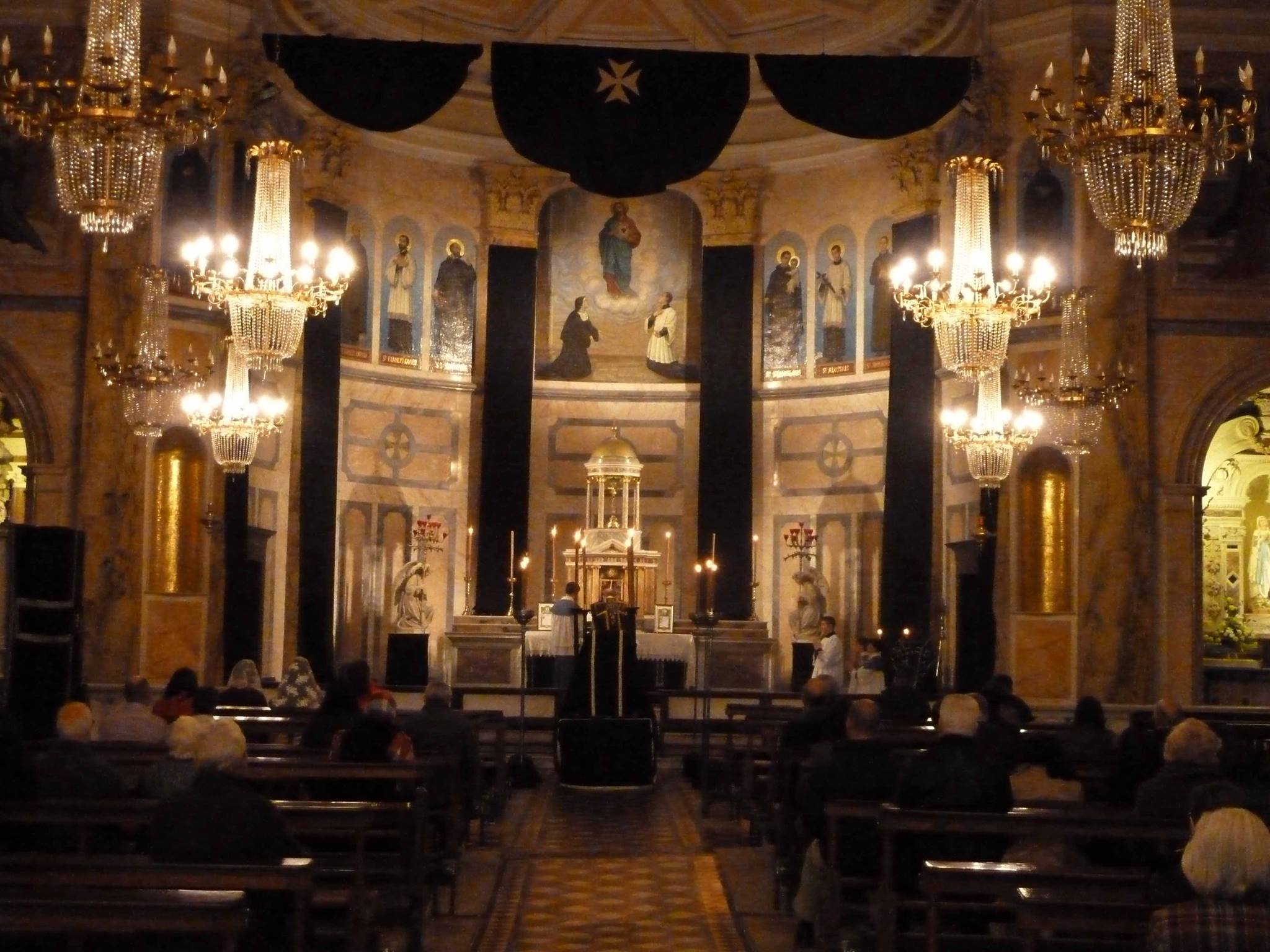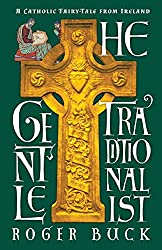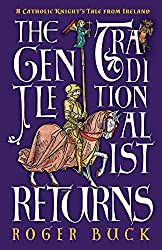
For today, just another short extract from my upcoming book – regarding one of the chief concerns of this website . . .
The attitude became prevalent during the 1960s that the ‘problem’ with the Catholic Church was that it was too closed-off or even hostile to modernity in all its tolerance, diversity and pluralism.
It was held that the Church had developed a ‘fortress mentality’ in recent centuries: like a castle under siege against the bounding waves of reformation and revolution. Many claimed it was high-time to recognise that modernity had been right all along in its enlightened, upbeat and liberal regard to humanity.
And it was maintained that all was needed was greater optimism, freedom and trust that people could find their own way now – if only they could be set free from ‘unnecessary legalism’.
Thus, many deemed it necessary that the Church abrogate its antiquated ‘medieval prattle’ regarding such ‘unedifying matters’ as Original Sin, Satan and the frightening reality of hell.
Yes, such attitudes became prominent nearly everywhere in the 1960s.
And Father Malachi Martin is right: a ‘strange euphoria’ seemed to grip the Church at that time – as indeed it did everywhere else during the epoch.
And when people are gripped by wild optimism about human nature – that is, by denial of the Fall – certain consequences naturally follow.
For such people see little danger in liberal emancipation from ‘useless’ old conventions, laws and taboos. Because those conventions, laws and taboos were forged in an altogether different context from bright, Enlightenment optimism.
This is to say, they were forged in a world which still comprehended Original Sin and the dark, fallen nature of the human heart.
And a world which still apprehends Original Sin is a world which can still appreciate the need for the safeguards provided by the wisdom of tradition. But liberal euphoria no longer comprehends such things at all.
Yes, excessive optimism is key to understanding the 1960s reforms – and excessive arrogance, as well.
Because for two thousand years, Christian saints and geniuses beheld Original Sin working in the dark recesses of the human heart. They recognised that Satan and legions of evil were at work in the world. They recognised temptation.
From all this, Christian tradition forged effective guardrails, preventatives and warnings.
But then came ‘the spring of 1968’ and people ‘knew better’ now.
And ‘knowing better’, they no longer required ‘outmoded, antediluvian’ safeguards like frequent Mass and confession of sin. They no longer needed to be warned about perdition. They no longer needed the manifold Catholic prayers and devotions which preserved the human heart against corruption.
And so it became ‘obligatory’ to abandon not only the ‘outdated’ traditional mentality of sin – but also to eradicate that ‘seige’ mentality, which had long separated the Church from the world.
At least, many people took Bl. John XXIII’s aggiornamento – Italian meaning literally ‘bringing up to date’ – to indicate such a course.
What this meant in practice was that the Church should be rather less like Herself and rather more like the other modern institutions.
This attitude was, for example, clearly noticeable in regard to Protestantism. For example, bitter conflict raged in the Council around the matter of the Blessed Virgin. Karl Rahner led something of a crusade against traditional emphasis of Our Lady at the Council – for the very reason that such emphasis would prove unpopular with Protestants.
And so from the Council onwards, devotion to Our Lady has been frequently scorned for reasons of ‘ecumenical sensitivity.’ And Rahner’s initiative was only the beginning of numerous similar impulses that followed in the years to come.
However, this is but a single instance of how the Sixties’ Catholic Church ‘protestantised’ Herself in order to diminish the gap between the reformed denominations and Her own tradition. When the new Mass was devised, very obvious Protestant additions and concessions were inserted in the Mass.
For example, the doxology ‘For Thine is the Kingdom, the Power and the Glory’ was added to the Pater Noster, following the Anglicans. And clearly, the new orientation of the Priest facing the people and speaking in the vernacular was far closer to an Anglican service than it was to the Catholic practice of centuries.
It is not without reason, then, that Joseph Ratzinger, the man who became Benedict XVI, has expressed concern, lest the Catholic Church become a clone of Protestantism.
But it is not only in regards to Protestantism that liberal Catholicism has aspired to become a clone.
Clearly, there has been a great liberal ambition that the Church further clone the likes of secular institutions as well: more democratic, more decentralised, more popularist and decidedly less hierarchical.
Hans Küng has even opined, for example, that the Church might emulate England’s so-called ‘glorious revolution’ of 1688 whereby the (Catholic) king of England, James II, was deposed in favour of parliamentary democracy and an anti-Catholic constitutional monarch. Küng has indicated that thereby the Pope might be retained as a mere figurehead in the Church, the way the English monarch is a figurehead today.
Not everyone is as radical as Küng – although many are (whether they say so openly or not).
Still, a clear ambition is at work in the world to remake the Church into yet another manifestation of Secular Materialism.
Foreword for Monarchy by Roger Buck
Buying Books at Amazon Through These Links Gives Us a Commission. This Supports Our Apostolate. Thank You if You Can Help Us Like This!





Comments
comments are currently closed
4 responses to “Becoming a Clone: The Danger of Liberal Catholicism”
Dear Roger,
Wonderful post, I fully agree with you, except in one point: the doxology. As far as I know the doxology is truly traditional, it’s use is recorded in the primitive church from the Second Century and it appears in many Catholic Bible translations as part of the Pater. The Orthodox Church also makes extensive use of the doxology.
As always, magnificent post and blog!
Blessings in Christ and Mary.
Juan – thank you. I see how my wording above could be misleading and will change it – at least slightly. I was aware that the doxology was indeed ancient. My point was not to suggest that it was of Protestant or Anglican inspiration – only that it was added to the New Mass in the effort to meet Protestants who used it commonly.
I must have a think. For the words, as I intended them, are not inaccurate, but I have obviously given you and maybe others the wrong impression. Thank you for correcting my sloppiness! (Especially in something going into my book!)
[…] is why I write, dear Reader, in severe terms of the danger of liberal Catholicism becoming a clone of Protestantism. Here is why I write about the terrible cost of Zany Catholicism […]
[…] the man who is now our Holy Father also warns against the Catholic Church becoming a CLONE of Protestantism […]